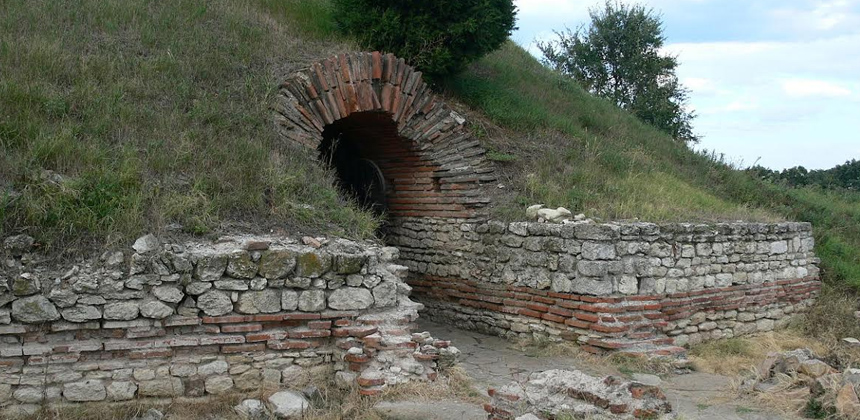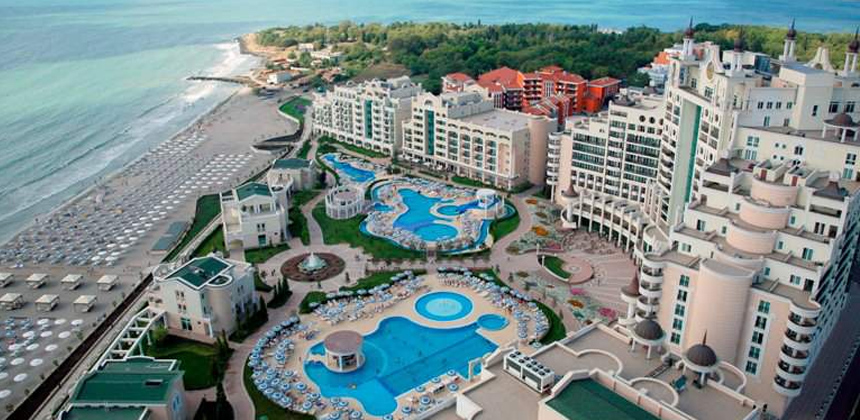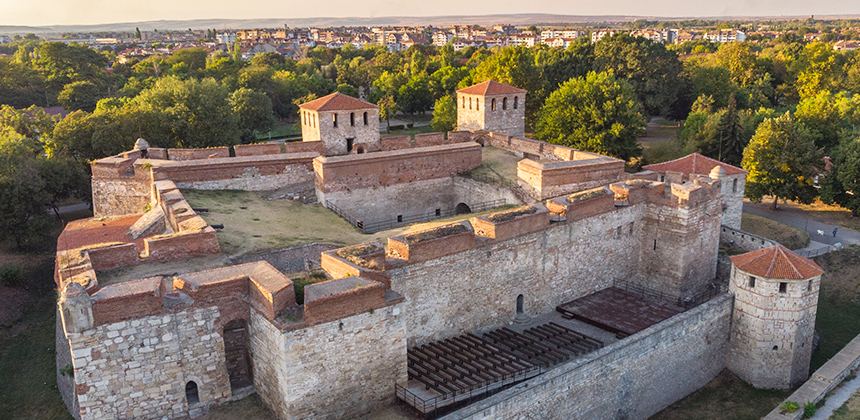POMORIE: THE BULGARIAN
CAPITAL OF SPA TOURISM
The peninsula city is famous as a year-round bathing and spa destination with its salt marshes, healing mud and waters. Tourists also attracted by its history, good conditions for sailing and surfing regattas, fine black sand beaches and beautiful pink flamingos
The third largest city on the Bulgarian Black Sea coast after Varna and Burgas, is Pomorie. An important city since the end of the 5th century BC., when it was founded by the Thracians with the name of Anchialo. It is located 8 km from the international airport, at equal distances of 21.3 km from the regional center of Burgas and Nessebar, 397 km from the capital Sofia and 265 from Plovdiv. There is a good transport network and the first class international road E-87 passes through the territory of the municipality.

Economic profile
Natural resources and very pleasant climate in all four seasons promote tourism as the main industry: sea tourism, spa tourism, cultural, ecological and rural tourism. Pomorie Bay water area is preferred for sailing regattas and fishing port. The local population develops viticulture, winemaking, salt extraction and fishing. In 1932 the first modern winery “Pomorie” was created, inserted in the structure of one of the most famous Bulgarian wine producers – “Black Sea Gold” – winner over the years of numerous national and international awards. Quality dry white and red wines are created here under the brands “Dimyat”, “Muscat”, “Chardonnay”, “Merlot”, “Cabernet Sauvignon” and others. The city of Pomorie has a football team called OFK Pomorie, which competes in the Second Professional League. A modern stadium is also located here, which attracts sports teams from all over the world.

Risen from the ashes
Unlike the old town of Nessebar, Pomorie does not have many preserved old buildings despite its many centuries of history. Anchialo was burned and destroyed by Goths, Avars, fires and natural disasters. During the Middle Ages it often passed from the Bulgarians to the Byzantines and vice versa. Important battles were fought on its outskirts, it was repeatedly set on fire and abandoned. In 1453 it was captured by the Turks and called Ahiolu, in 1651 it was the object of a major Cossack attack. At that time, a hoard consisting of 605 silver coins (552 Ottoman and 53 European) was hidden in the Paleokastro area. Today it is the largest find of collective coins from the Ottoman era for the entire southern Bulgarian Black Sea coast region. After the Liberation from Turkish slavery, the Greek part of the city was burnt down and completely destroyed for the last time, and most of its inhabitants were forced to emigrate to Greece, where they founded the settlements of Nea Anchialos, Anchialos and Euxinoupolis. In the old part of the city you can still hear this mixing of languages today, in fact a part of the elderly people can speak the Greek language.

Places to visit
One of the most interesting cultural sites is the ancient Thracian tomb near Pomorie. The oldest building in the city, spared from the numerous fires, is the Church of the Transfiguration, built in 1765 with materials from the medieval Anchialo walls. The Salt Museum of the city of Pomorie, unique in all of Eastern Europe, is worth seeing. Opened in 2002, the museum is dedicated to the extraction of salt. The Orthodox male monastery “St. George” has preserved the spirit of the Renaissance era since the mid-19th century. The icon of the temple with the image of the saint, patron of the city, has the glory of being miraculous.





Commenti